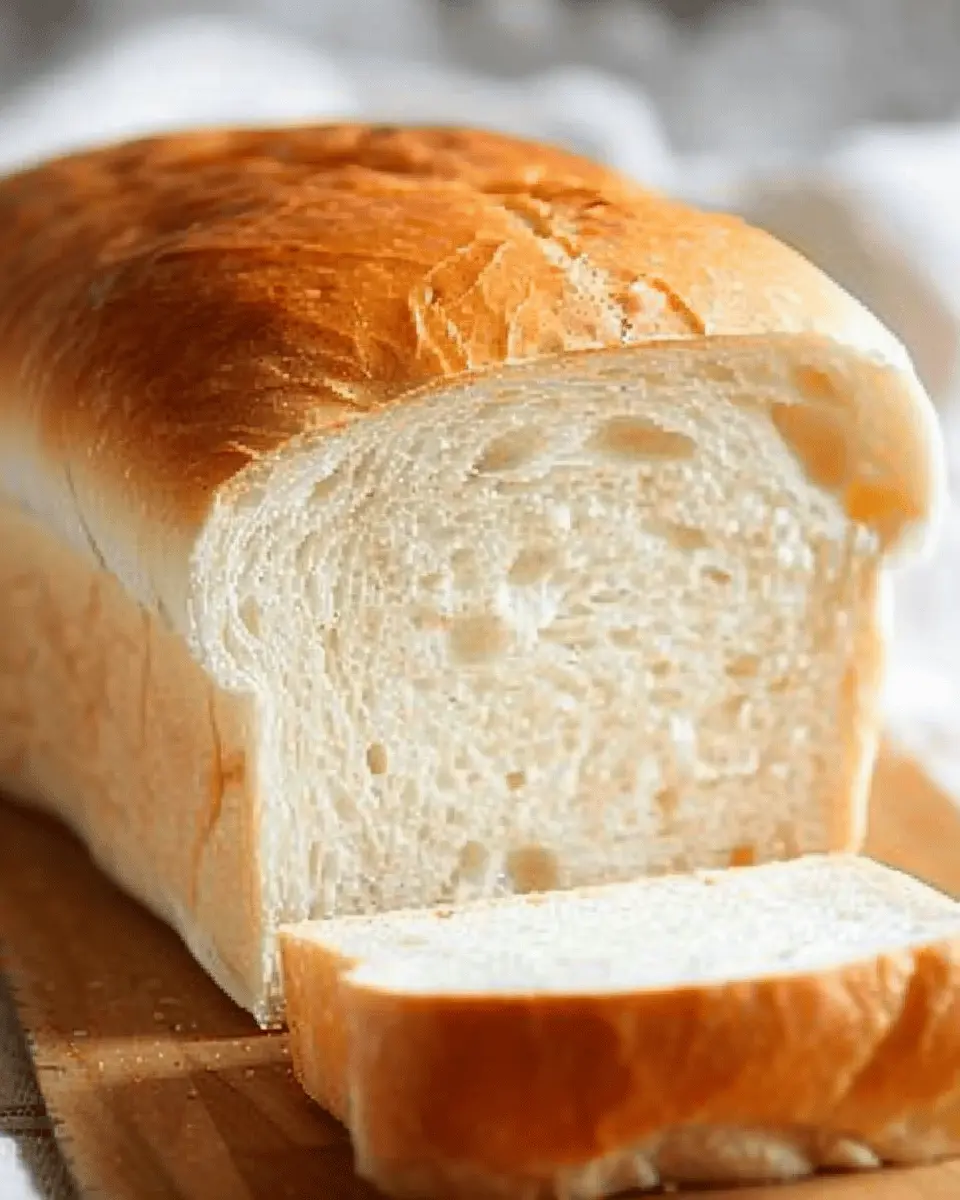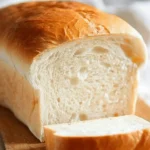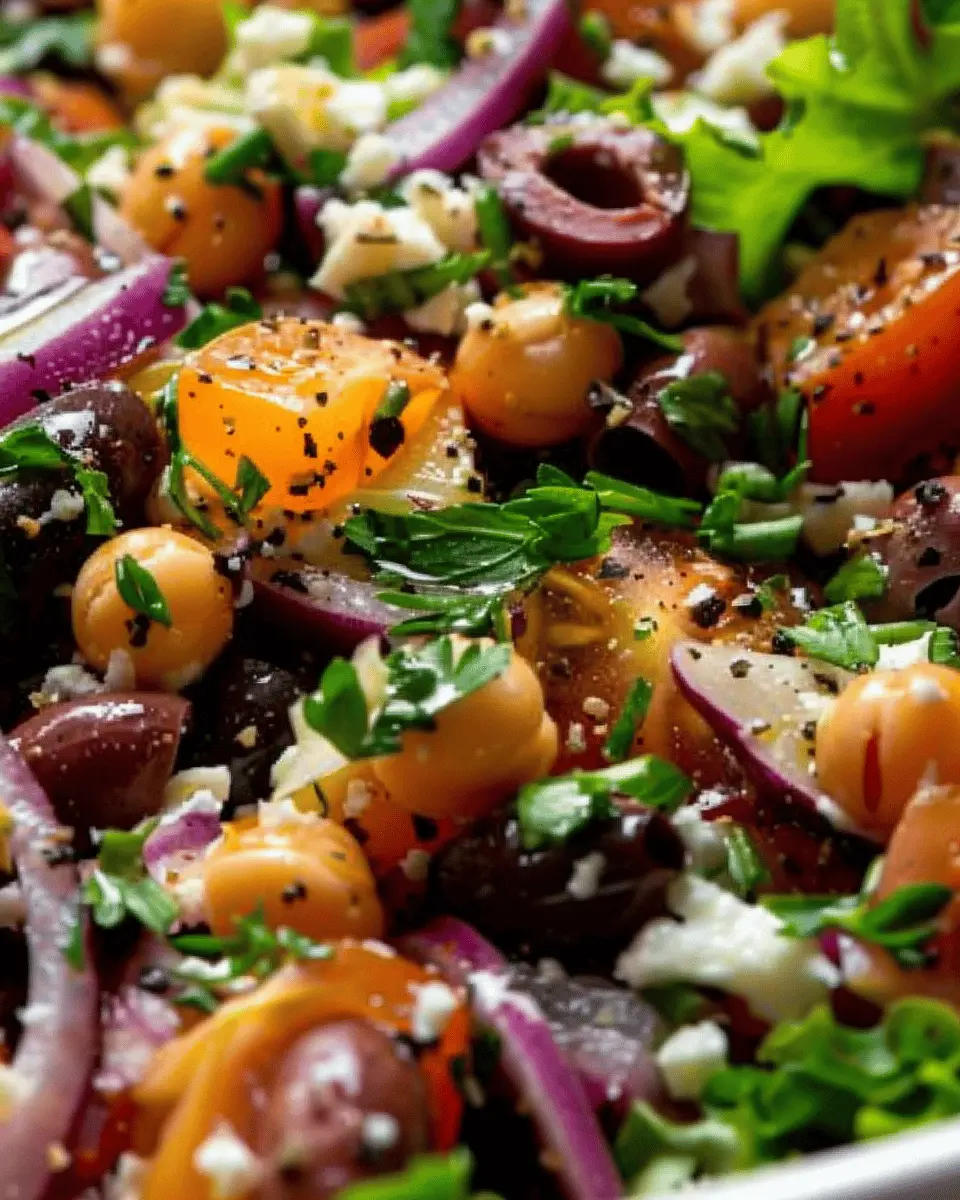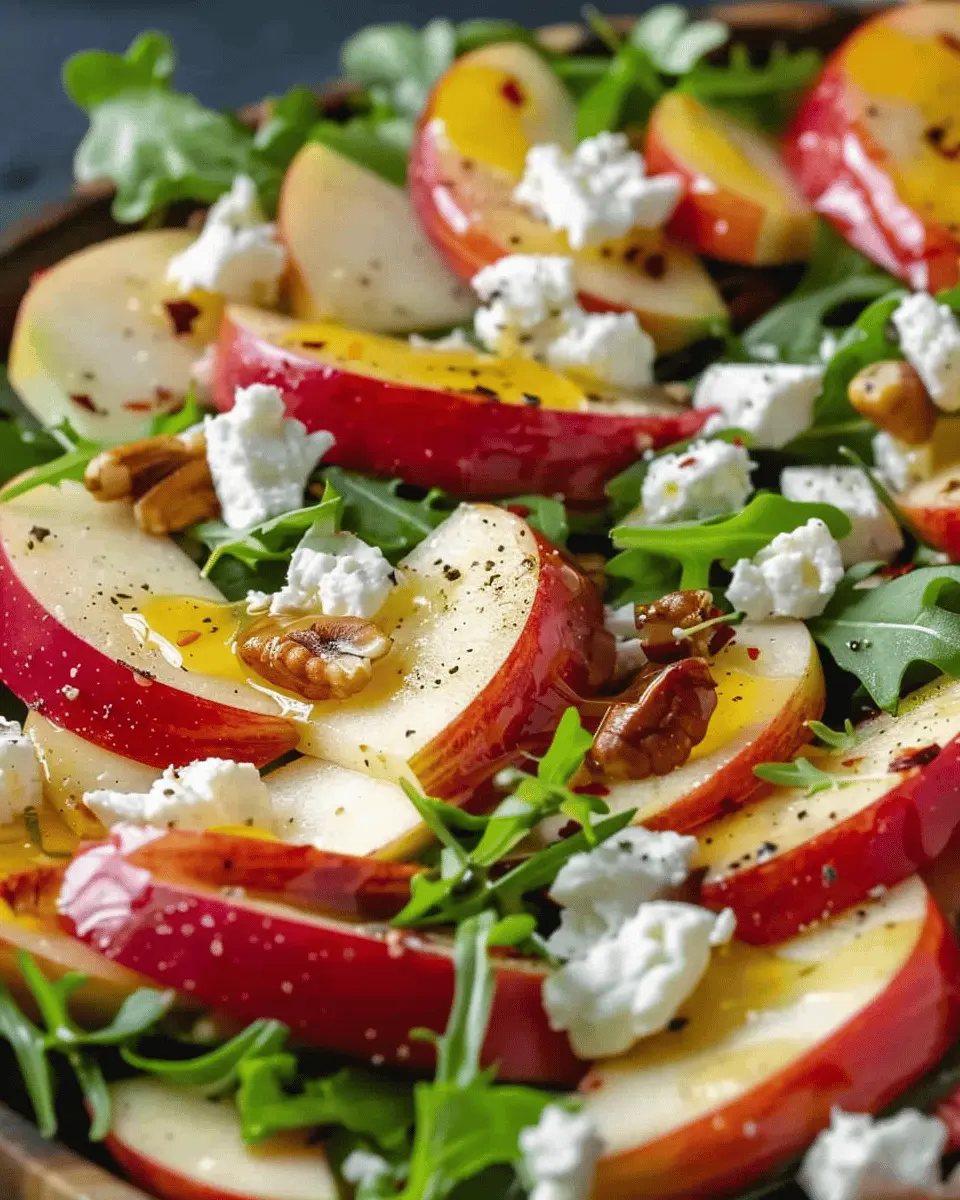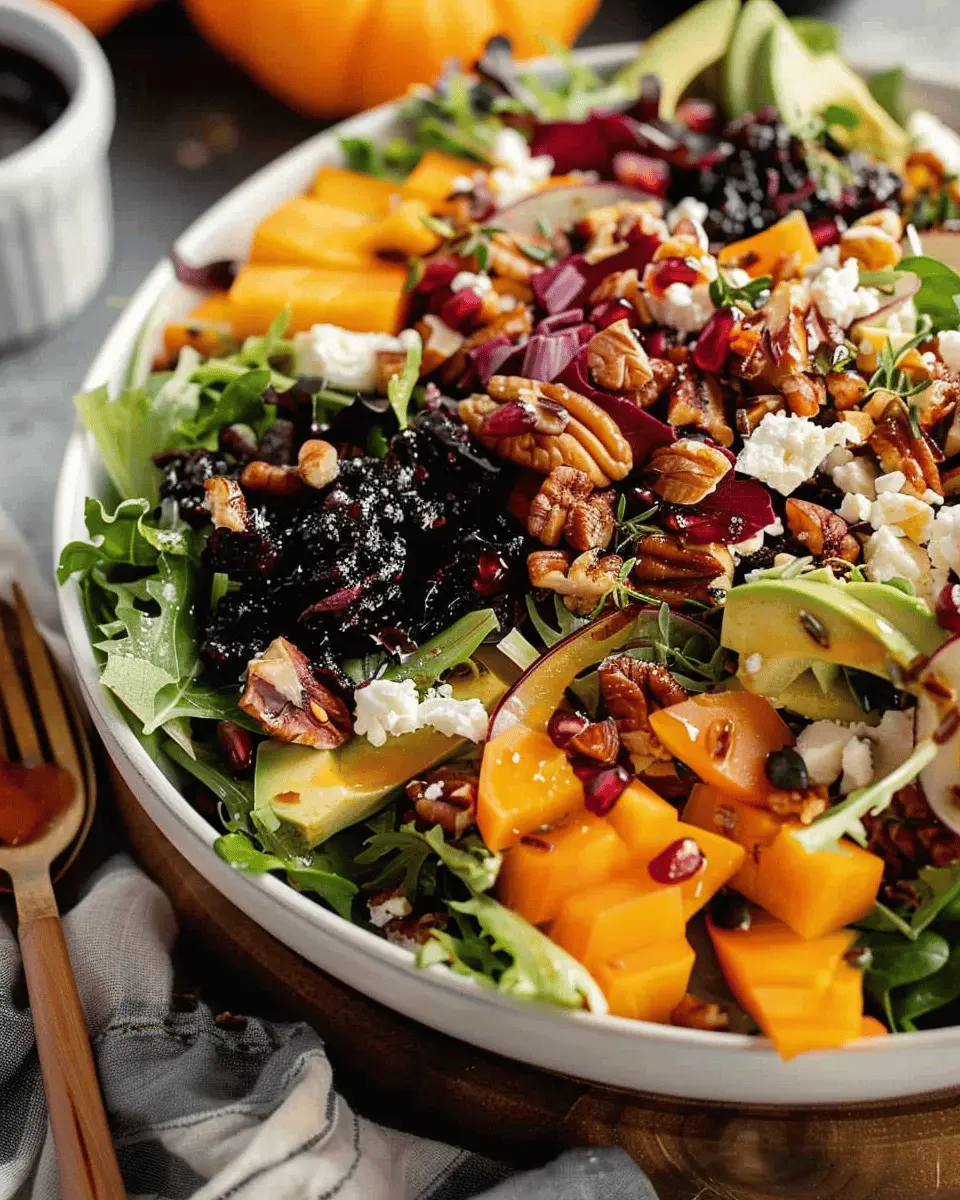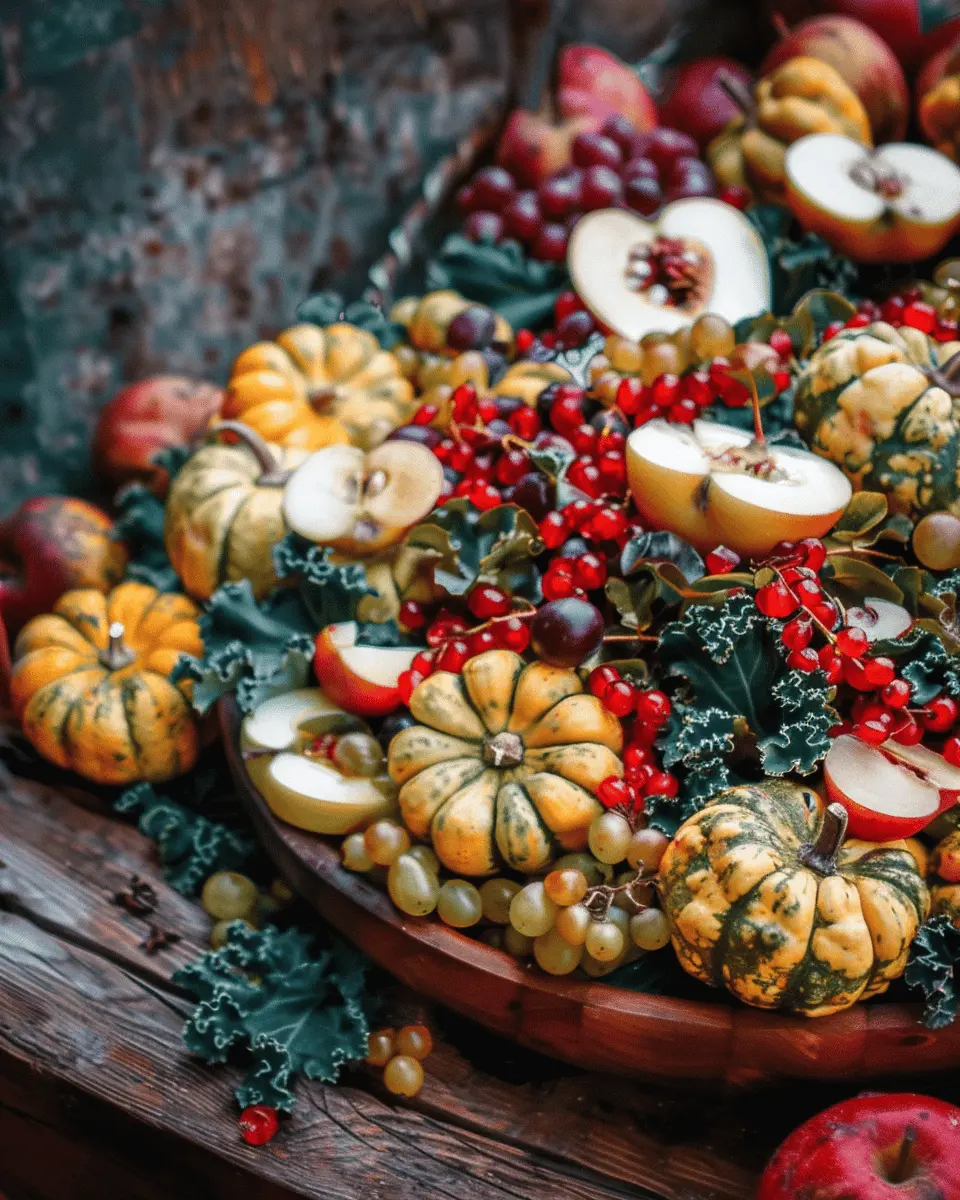Introduction to Amish White Bread
If you’ve ever taken a bite of Amish white bread, you know there’s something uniquely comforting about it. This homemade bread is renowned for its rich, fluffy texture and subtly sweet flavor, making it perfect for sandwiches or simply slathered with butter. But what makes it stand out from other white breads? Let’s explore.
What makes Amish white bread so appealing?
One of the main attractions of Amish white bread is its simplicity. Traditionally made with just a handful of ingredients—flour, yeast, sugar, salt, and water—this bread embodies the essence of home baking. The straightforwardness of the recipe allows even novice bakers to produce a loaf that feels both satisfying and rewarding.
Furthermore, the texture is where this bread truly shines. Its soft, airy crumb has a way of elevating the experience of every bite. In fact, many home bakers have reported that their loaves turn out equally well whether they knead by hand or use a stand mixer. The dough ferments beautifully, creating that signature fluffy texture we all love.
When you think about Amish white bread, picture a classic dish shared among family at the dinner table or enjoyed as a comforting snack. This bread mirrors the values of community and tradition that the Amish culture holds dear. A loaf can bring people together, whether it’s used for a homemade sandwich filled with turkey bacon or served alongside a bowl of hearty chicken ham soup.
Moreover, the mere fragrance of baking Amish white bread wafting through your kitchen is enough to evoke memories and foster a sense of nostalgia. According to experts, the aroma of bread baking can even enhance feelings of happiness and warmth, making it not just a culinary delight but also an emotional one.
As you embark on your baking journey, keep in mind that the beauty of this recipe lies in its flexibility. You can experiment by adding ingredients like herbs or cheese for a personal twist. The basics will serve as a wonderful foundation for countless variations. So, grab your ingredients and let’s get started on making a loaf that not only satisfies but also connects you to a rich culinary heritage.
For more about the Amish way of life, consider checking out The Amish Studies for an in-depth look at their fascinating culture.
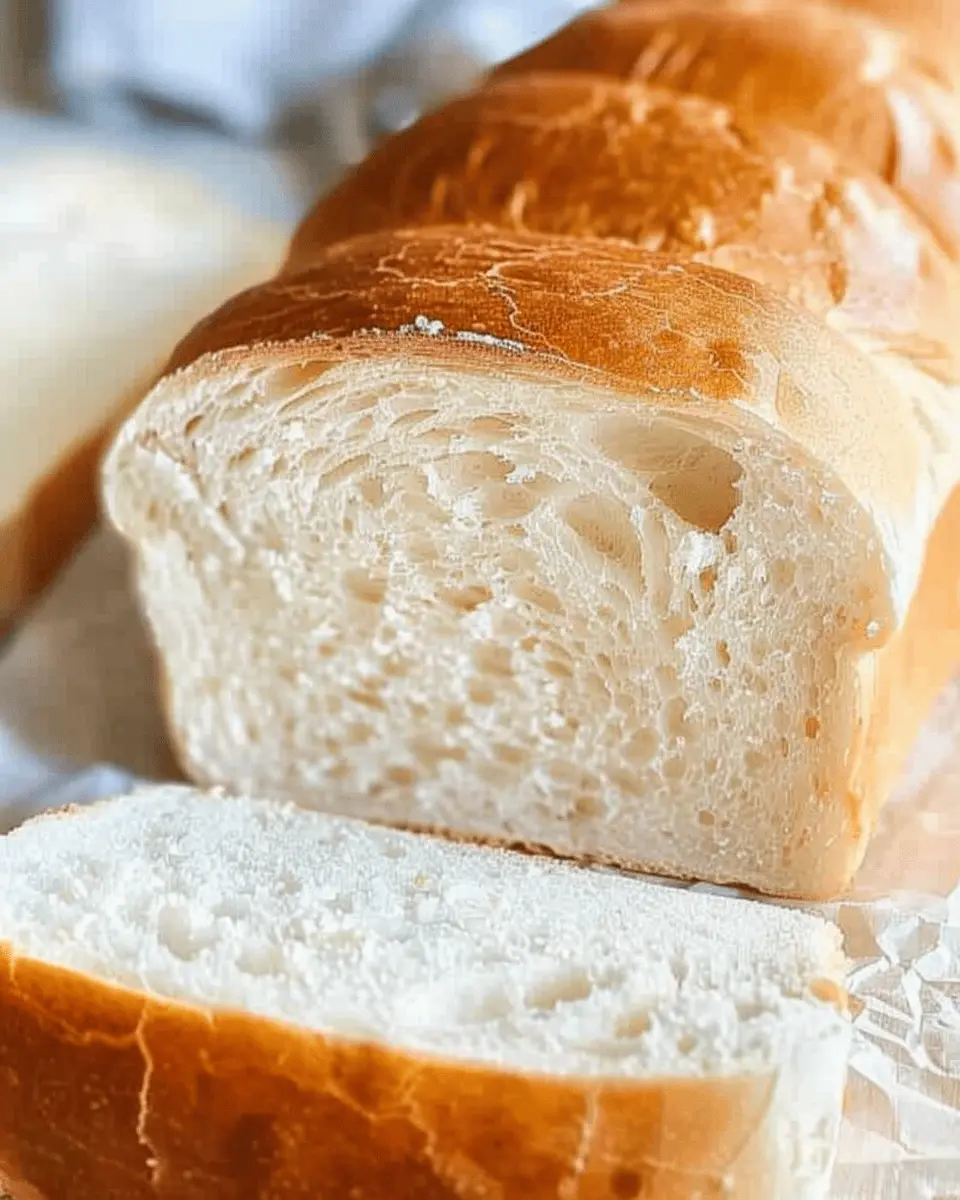
Ingredients for Amish White Bread
When it comes to crafting the perfect loaf of Amish White Bread, you want to ensure you have all the right ingredients on hand. The charm of this classic recipe lies in its simplicity and the wholesome flavors it brings to your kitchen. Here’s what you’ll need:
- Warm Water: 1 ½ cups (warm enough to activate yeast but not too hot).
- Sugar: ¼ cup (this helps feed the yeast for a good rise).
- Active Dry Yeast: 2 ¼ teaspoons (a key player for that fluffy texture).
- Salt: 1 ½ teaspoons (for flavor balance).
- Vegetable Oil: ¼ cup (adds moisture and a soft crumb).
- All-Purpose Flour: 4 to 4 ½ cups (the foundation of your bread).
- Butter: 2 tablespoons (for an extra touch of richness).
Feel free to swap in whole wheat flour for half of the all-purpose flour for a healthier twist. Exploring different flours can enhance the flavor profile of your Amish White Bread. It’s all about finding the right balance that suits your taste. For those interested in the science of baking, check out sources like King Arthur Baking for more insights on ingredient function. Happy baking!
Preparing Amish White Bread
If you’re looking for a comforting and classic homemade bread, you can’t go wrong with Amish white bread. This recipe is straightforward and rewarding—perfect for young professionals who might be new to baking. Let’s break down the steps together, so you can enjoy the delightful aroma and taste of freshly baked bread right from your kitchen.
Combine warm water, sugar, and yeast
Start off by gathering your ingredients. You’ll need:
- 2 cups of warm water (about 110°F)
- 1/4 cup of granulated sugar
- 2 tablespoons of active dry yeast
In a large mixing bowl, combine the warm water and sugar, stirring gently until the sugar dissolves. The warmth of the water activates the yeast. Add the yeast to this mixture and let it sit for about 5 to 10 minutes until it becomes frothy. This step is crucial as it ensures your bread will rise beautifully. If your yeast doesn’t bubble up, it might be old—check the expiration date and replenish your supply if necessary. If you’re interested in learning more about yeast and its role in bread-making, you might want to check out this informative article on yeast varieties and their uses.
Mix the dry ingredients
While the yeast is doing its magic, it’s time to prepare your dry ingredients. In another bowl, whisk together:
- 6 cups of all-purpose flour
- 1 tablespoon of salt
Make sure the flour and salt are well blended. This combination of flour and salt will give your Amish white bread its characteristic texture and flavor. You can even sift the dry ingredients together for a lighter loaf, enhancing that comforting taste and airy texture.
Knead the dough
Now it’s time to combine your wet and dry ingredients. Once your yeast mixture is ready, pour it into the bowl with the dry ingredients. Stir until a dough begins to form, then transfer it to a floured surface. Here comes the fun part—kneading! Knead the dough for about 8-10 minutes until it’s smooth and elastic. If you find the dough is sticking to your hands, sprinkle a little extra flour. The experienced bakers often say, “You can’t really knead too much,” so don’t hesitate to give your dough some good love!
First rise
After kneading, place your dough in a lightly greased bowl, cover it with a damp kitchen towel or plastic wrap, and let it rise in a warm, draft-free place. Leave it for about 1-2 hours until it doubles in size. This step is all about patience, but you’ll be rewarded with a beautiful and well-risen dough.
Shape and second rise
Once your dough has risen, punch it down to release the air. Divide it into two equal portions. Shape each portion into a loaf and place them in greased 9×5-inch loaf pans. Cover them again and let them rise for another hour. This second rise is essential for achieving that perfect light texture in your Amish white bread.
Preheat oven and bake
While your loaves are rising, preheat your oven to 350°F. You want to make sure it’s nice and hot when your bread is ready to go in. Once the loaves have risen and look fluffy, it’s time to pop them in the oven. Bake for 30-35 minutes or until the tops are golden brown and sound hollow when tapped. The scent that fills your kitchen is simply irresistible!
Let the loaves cool for a few minutes in the pans, then transfer them to a wire rack. Enjoy a slice of your freshly baked Amish white bread with some butter or your favorite spreads, and savor the warmth of homemade comfort.
By following these steps, you’ll have a delightful bread that pairs perfectly with soups, sandwiches, or just butter. Remember, baking can be a little messy but also hugely rewarding—so dive in and enjoy the process!
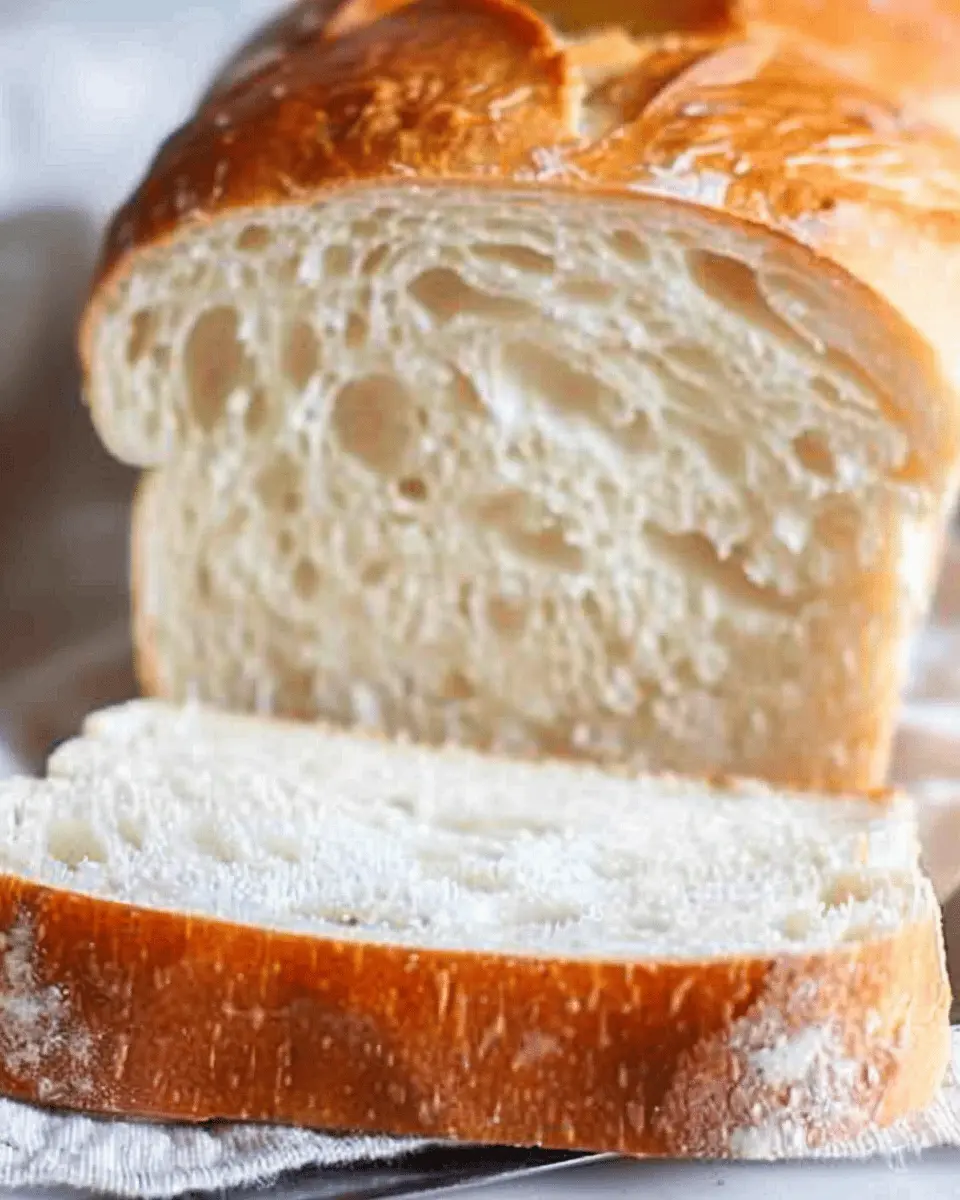
Variations on Amish White Bread
Add-ins for Flavor
One of the joys of making Amish white bread is its adaptability. You can easily enhance its flavor with a variety of add-ins! Why not try mixing in some herbs like rosemary or thyme for an aromatic twist? If you’re a cheese lover, adding shredded cheddar or mozzarella can transform your loaf into a cheesy delight, perfect for sandwiches. Want to pick up a little heat? Toss in some red pepper flakes or jalapeños to cater to your spicy side.
Another fun idea is to incorporate seeds like sunflower, pumpkin, or sesame for an appealing crunch and nutritional boost. You might even consider sweet add-ins like chopped dried fruits or nuts for a breakfast twist. These variations not only contribute to the flavor but also invite culinary creativity, encouraging you to make each loaf uniquely your own.
Made with Whole Wheat Flour
If you’re looking to make a healthier version of Amish white bread, consider substituting a portion of the all-purpose flour with whole wheat flour. This adjustment adds a nutty flavor and increases fiber content, making your bread heartier and more satisfying. Using whole wheat flour can also enhance the nutritional profile of your loaf, promoting better digestive health.
When swapping whole wheat for white flour, start with a 50/50 ratio. This balance ensures you still achieve that soft, fluffy texture we all love in traditional bread. For a fun twist, try pairing whole wheat flour with an additional teaspoon of honey or molasses for a sweeter, richer taste.
Experimenting with these variations not only makes your baking more exciting but also empowers you to create a loaf that perfectly fits your dietary preferences or cravings!
Baking Notes for Amish White Bread
Common Baking Mistakes to Avoid
Baking Amish white bread can be straightforward, but it’s easy to stumble into some common pitfalls. Here are a few tips:
- Timing is Everything: Don’t rush the rising time. If the dough doesn’t double in size, your bread may be dense.
- Correct Measurements: Always measure your ingredients accurately. A kitchen scale can be your best friend!
- Temperature Matters: Ensure the water you use for activating yeast is warm, not hot—this is crucial for a successful rise. Ideally, it should be around 110°F (43°C).
For more insights on baking basics, check out The Spruce Eats.
Adjusting for Altitude and Humidity
Baking at high altitudes can change everything. If you’re in the mountains, consider these adjustments when making Amish white bread:
- Increase Flour: You may need to add a bit more flour to counteract the lower air pressure.
- Less Yeast: Reduce the yeast slightly to prevent over-rising and collapsing.
In humid conditions, the dough can become overly sticky. A sprinkle of flour can help—just remember, a little at a time goes a long way! For more detailed altitude adjustments, refer to King Arthur Baking.
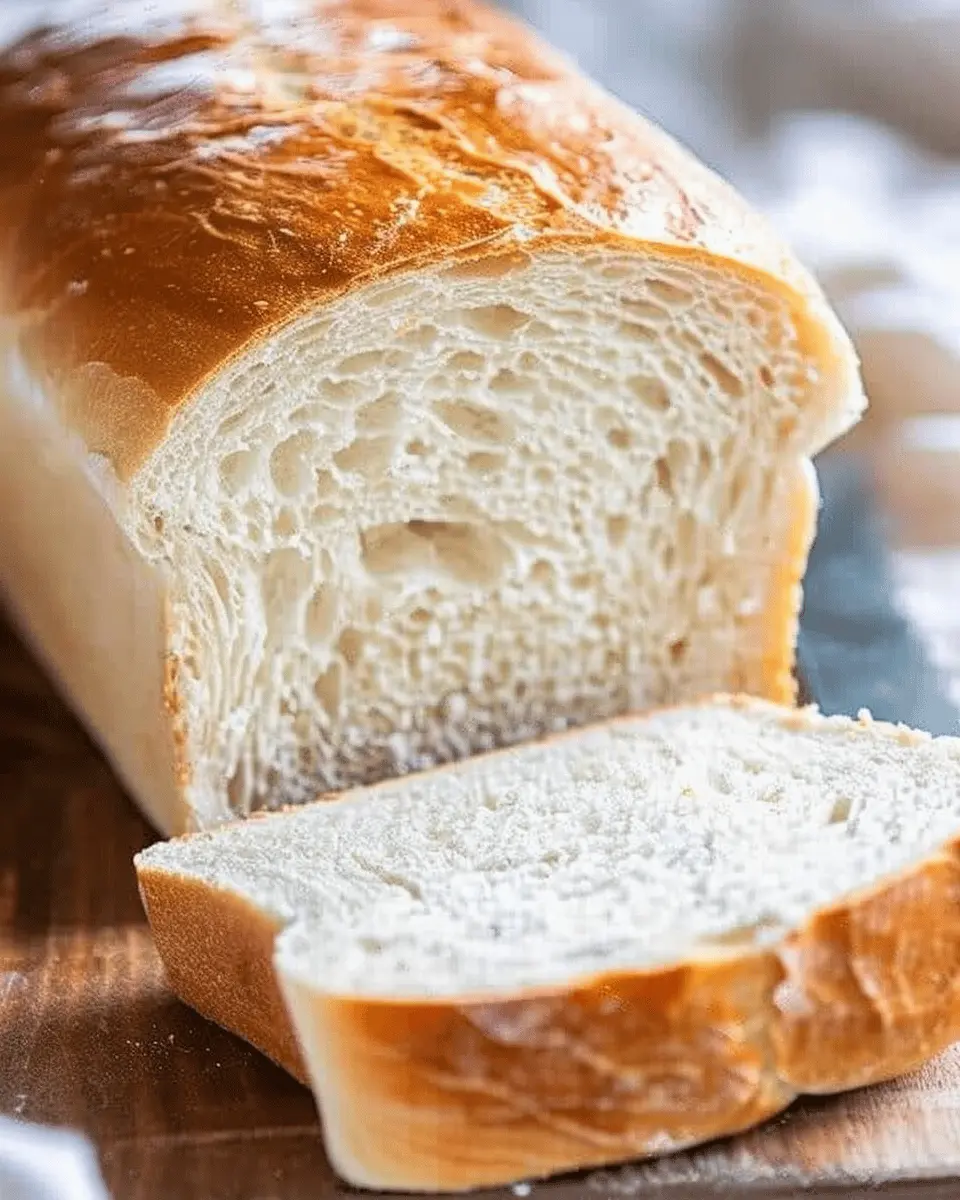
Serving suggestions for Amish White Bread
When it comes to enjoying Amish white bread, the possibilities are truly endless. Its soft texture and rich flavor make it a versatile choice for a variety of dishes.
Ideal pairings
This bread pairs beautifully with:
- Soups: Whether it’s a hearty vegetable soup or a creamy tomato bisque, a hot bowl of soup becomes even better with a slice of Amish white bread alongside it, perfect for dipping.
- Sandwiches: Imagine a classic turkey sandwich with crunchy lettuce and tangy mustard, or a delightful chicken ham melt. The subtle sweetness of the bread complements any filling beautifully.
Creative uses
Don’t limit yourself to just conventional uses! Here are some fun, creative ideas:
- French toast: Transform your morning routine by using Amish white bread for French toast. Its density holds up perfectly, soaking up the egg mixture for a delicious breakfast.
- Croutons: Cut the bread into cubes, season, and bake them until golden for homemade croutons. They’re a fantastic addition to salads and soups, adding a satisfying crunch.
For more serving ideas and recipes, check out resources like King Arthur Baking or America’s Test Kitchen for culinary inspiration!
Time details for Amish White Bread
When you’re ready to dive into making Amish White Bread, it’s helpful to break down the timing so you can plan your baking adventure effectively!
Preparation time
Get started with about 15-20 minutes for preparation. This includes mixing your ingredients and kneading the dough. If you’re not familiar with kneading, don’t fret! Just give it a good 8-10 minutes to develop that perfect gluten structure.
Baking time
Once your dough is ready, baking it will take approximately 30-35 minutes. You’ll know it’s done when the crust is golden brown and sounds hollow when tapped.
Total time
In total, you’re looking at about 1 hour 15 minutes from start to finish, but don’t forget to factor in rising time, which can take an additional 1-2 hours depending on your kitchen’s warmth. This waiting period allows the dough to rise beautifully, creating that soft texture we all love in Amish White Bread.
If you’re looking to dive deeper into the bread-making process, check out resources like the King Arthur Baking Company for expert tips on perfecting your dough!
Nutritional Information for Amish White Bread
When you whip up a loaf of Amish white bread, not only do you get that unbeatable homemade flavor, but you also get a good sense of what you’re consuming. Here’s a quick overview of the nutritional benefits:
Calories
Each slice of Amish white bread contains approximately 80-100 calories. This makes it a great option to enjoy with your favorite spreads or as a base for a hearty sandwich without the guilt.
Protein
You’ll find around 2-3 grams of protein per slice. This contributes to your daily intake, helping maintain muscle mass and keeping you feeling full longer.
Fiber
While the bread isn’t particularly fiber-rich, it provides about 1 gram of dietary fiber per slice. Pair it with fiber-rich toppings like avocado or turkey bacon for a more balanced meal.
For more detailed health benefits of bread, feel free to check out the American Heart Association and consider how you can incorporate Amish white bread into your healthy eating plan!
FAQs about Amish White Bread
Why is it called Amish white bread?
Amish white bread derives its name from the Amish community, known for their simple, wholesome lifestyle and traditional baking methods. This bread is made using basic ingredients—like flour, sugar, water, and yeast—creating a soft, fluffy texture that many of us associate with the comfort of home. The Amish prioritize using fresh ingredients, often from their gardens or local markets, adding a touch of authenticity that enhances the overall flavor. If you’re curious to dive deeper into the Amish culture and their culinary practices, resources like Amish America offer great insights.
How can I ensure my bread rises properly?
A common concern for many home bakers is achieving that perfect rise. To do this with Amish white bread, make sure your yeast is fresh. Activate it in warm water with a touch of sugar, and wait for the foam—this shows it’s alive and ready to do its job! Additionally, let the dough rest in a warm, draft-free location. Cover it with a clean kitchen towel, and don’t rush this process; patience is key to fluffy bread. Keeping your kitchen warm can also help the dough rise better.
Can I freeze Amish white bread?
Absolutely! Freezing Amish white bread is a great way to preserve its deliciousness. Once cooled, slice the bread and wrap it tightly in plastic wrap, then place it in an airtight freezer bag. It can last for up to three months! When you’re ready to enjoy, simply thaw it at room temperature, or toast slices directly from the freezer for a quick snack. For more great bread storage tips, check out resources from the USDA.
Conclusion on Amish White Bread
Final thoughts on homemade bread goodness
When you bake Amish white bread at home, you’re not just making a loaf; you’re creating a cozy atmosphere that fills your kitchen with warm, inviting aromas. The ease of this recipe means you can enjoy fresh bread without the fuss of complicated techniques. Imagine enjoying a buttery slice of homemade bread with your breakfast or as the perfect side to any meal—irresistible, right?
Experiment with different additions, such as herbs or garlic, to personalize your loaf! For more insights on the joys of baking bread, check out this resource from the King Arthur Baking Company. Embrace the goodness of homemade bread; your taste buds will thank you!
PrintAmish White Bread: The Best Homemade Recipe for Comforting Loaves
Learn how to make the best Amish white bread at home. This comforting recipe delivers soft, fluffy loaves perfect for sandwiches or toast.
- Prep Time: 15 minutes
- Cook Time: 35 minutes
- Total Time: 1 hour 50 minutes
- Yield: 2 loaves 1x
- Category: Bread
- Method: Baking
- Cuisine: American
- Diet: Vegetarian
Ingredients
- 4 cups all-purpose flour
- 1 packet instant yeast
- 1 tablespoon sugar
- 1 teaspoon salt
- 1 1/2 cups warm water
- 2 tablespoons vegetable oil
Instructions
- In a large mixing bowl, combine warm water, sugar, and yeast. Let it sit for about 5 minutes until foamy.
- Add the oil, salt, and flour gradually, mixing until a dough forms.
- Knead the dough on a floured surface for about 8-10 minutes until smooth and elastic.
- Place the dough in a greased bowl, cover it with a cloth, and let it rise in a warm place until doubled in size, about 1 hour.
- Punch down the dough and shape it into loaves. Place in greased bread pans.
- Cover and let rise for another 30-45 minutes.
- Bake in a preheated oven at 350°F (175°C) for 30-35 minutes until golden brown.
- Remove from pans and cool on a wire rack before slicing.
Notes
- For a richer flavor, consider adding a tablespoon of honey.
- This bread can be sliced and frozen for later use.
Nutrition
- Serving Size: 1 slice
- Calories: 120
- Sugar: 1g
- Sodium: 150mg
- Fat: 3g
- Saturated Fat: 0.5g
- Unsaturated Fat: 2.5g
- Trans Fat: 0g
- Carbohydrates: 22g
- Fiber: 1g
- Protein: 4g
- Cholesterol: 0mg
Keywords: Amish White Bread, homemade bread, comforting loaves

